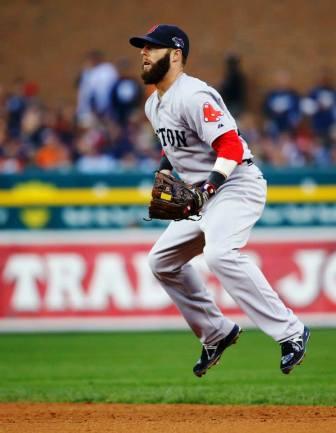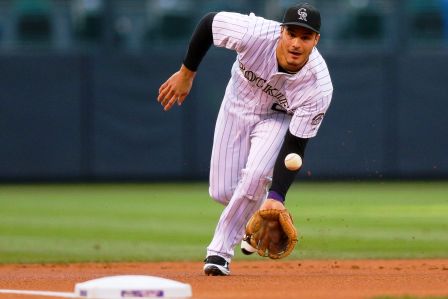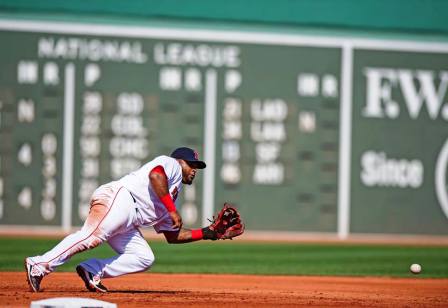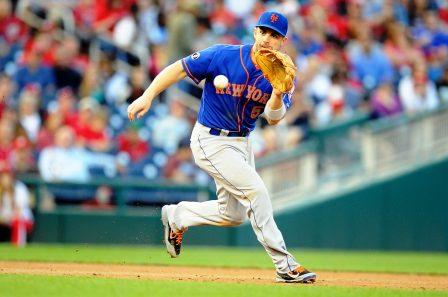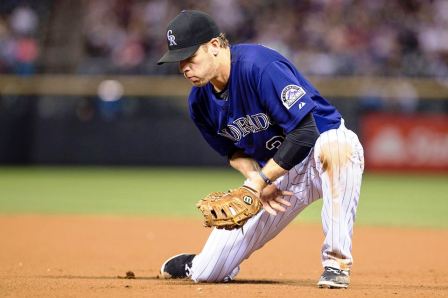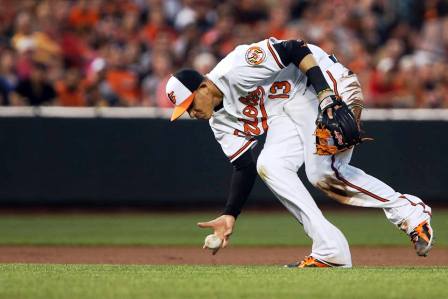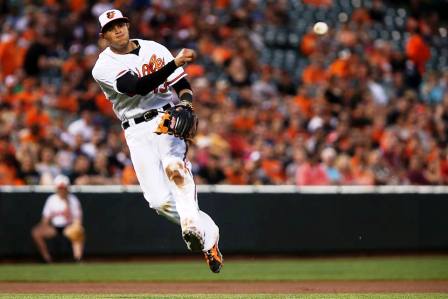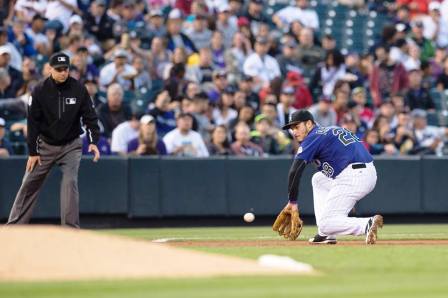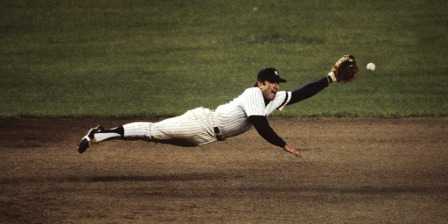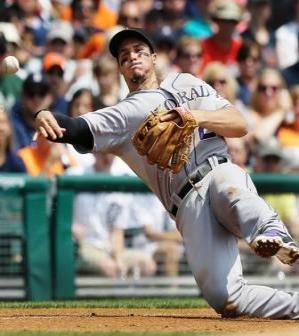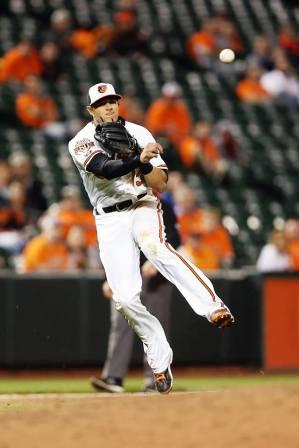 |
|||||||||||||
Third Base Fundamentals, The Hot Corner And So Much More!Third base fundamentals, the tools you will need to play, "the hot corner"! My high school coach once told me, that to play third base, you just need a big chest and a strong arm. While I can't dispute the value of the above mentioned physical traits, there are many additional skills needed that will enhance your game as well. 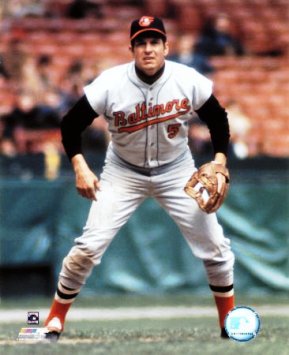
"It's a pretty sure thing that a player's bat is what speaks loudest when it's contract time; but there are moments when the glove has the last word." That quote comes from Brooks Robinson, a player who certainly qualifies as an expert in the area of third base defense. Mr. Robinson played in the Major Leagues for 23 years, all with the Baltimore Orioles. Nicknamed the "human vacumn cleaner" and "Mr. Hoover", he is considered one of the greatest third baseman in MLB history. In those 23 years, he won 16 consecutive Gold Gloves, and was elected into the Baseball Hall Of Fame in 1983. What Skills Are Needed?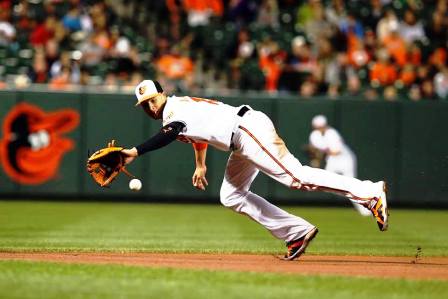
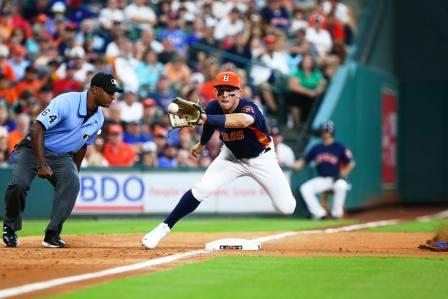
CommunicationAs with all the other infielders, third basemen carry on a regular verbal and non verbal communication within the infield and outfield. Third basemen need to take responsibility for the left fielder, making sure he knows the number of outs and the game situation. You are also responsible to check in with the pitcher, letting him know where he is headed in bunt situations. Communicate early and loud on pop flies on the left side of the infield. Go and get everything you can, don't wait for the pitcher or catcher to make those plays. If the ball is behind you, immediately start after it, stay on it, until you hear someone call you off. Never assume the shortstop will get it, you need to go get it, and let him call you off. Create a non-verbal communication with your catcher. Pickoffs at third base will come from the catcher, not the pitcher. A pitcher pick at third base would be a specially designed play, not just a step and pick, even a timed one. Too many posibilities for a mistake, and a mistake here costs a run. If you feel a runner at third is not getting back quick enough, or going too far, create the pick with your catcher on the spot. You break late, catcher comes up throwing. All about timing and communication. Picks at third need to be called by the players involved, don't wait for a sign from the dugout. Pre-pitch TechniquePre-pitch techniques are nothing more than getting yourself into a ready position and having some movement. If you do that as every pitch of the baseball game is delivered, you will find yourself always ready for whatever comes your way. Use a pre-set for yourself that you feel comfortable with. Just because someone else does it a certain way, doesn't mean it will work well for you.
Ground BallsFielding ground balls at third base requires somewhat of a unique skillset than shortstop or second base. Your proximity to home plate means that batted ground balls and line drives will reach you sooner than they reach the shortstop or second baseman. Quick feet and reactions are a true asset. A willingness to block up whatever comes your way is essential. You will field more shorthop ground balls than other infielders, as well as play balls off your body, which requires a quick recovery, bare hand pickup and throw. 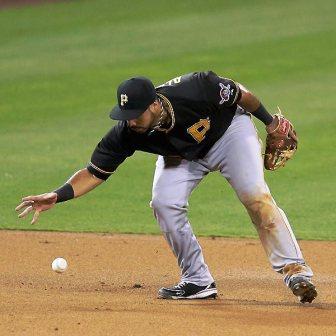
Charge the mound on all balls hit back at the pitcher. Should the ball ricochet off the pitcher towards the third base side, you will already be on the move to make the play. As with all ground ball fundamentals, your knees take your glove to the ground. If you are down, you can always come up. If you are up, you will seldom be able to get down. The images below show a few of the things you can expect to see. Athleticism is a plus, be sure to work on your agility and quickness, not just your strength. Charge everything you can. Create good hops for yourself by getting to and through ground balls as quickly as possible. This will allow you to get your feet set more often and allow for a better throwing platform. Take as many fungos in practice as you can. Repetitions will make you more confident, comfortable and relaxed...a winning combination!
Multiple Throwing Platforms
Throwing On The RunWhenever possible, you want to set your feet and throw. Sometimes, that is just not possible. You will need to get to the ball, through the ball and keep moving, while you make your throw. The secret for making a strong and accurate throw in these situations is to clear your left hip. That allows your shoulders to turn so you are able to make an accurate throw, with some velocity. 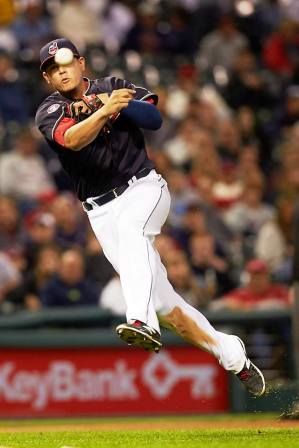 Double Play FeedsYour two double play feeds are second base, and home plate. At second, put your throw in the middle of the bag, chest high. That allows your second baseman to choose the pivot he wants to use. At home plate, a consideration that may come up is the runner. Should the runner be in the throwing lane between you and your catcher, move your feet to create a clear lane to throw. This throw, like the one at second, you want on the base, chest high. 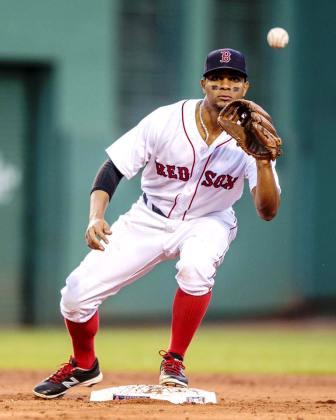 Tag Plays At Home PlateWhile your double play feeds are best at chest height, tag plays at home plate are best when they are knee high. The runner is slinding in most cases, it is a big advantage for your catcher, if the throw is right down where he needs to make the tag. Not a lot of room for error on these plays, a throw to the side, or at chest or shoulder height makes it much harder for your catcher to get back down and apply the tag. You only get one shot at this play, make it count. At the other three bases, the runner is safe. At home plate, he just scored. 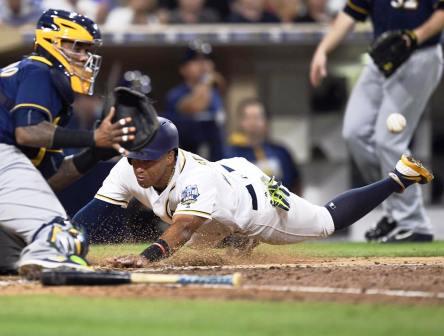 Bunt DefenseBunt defense is covered below with the Cutoffs and Double Steals Steals and TagsThe tag pictured is a straddle tag. The throw is coming from inside the field. It is also the best tag to use on a throw from the catcher on a runner attempting to steal third. If you are in this position, you are able to cover the slide to the backside of the bag. If you are down the line, with your left foot on the bag, a runner sliding to the backside of the base is a long tag to make. With all tags, let the thrown ball travel to you. Reaching out to catch it and then come back to tag the runner is much slower. 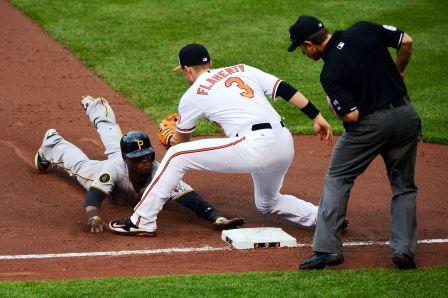 Rundowns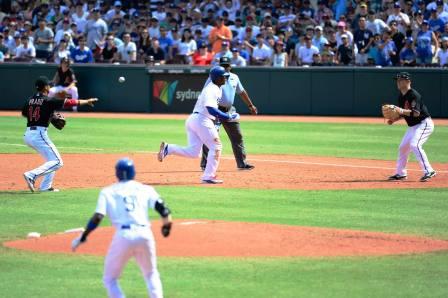
This link will take you to the page on rundown execution: Rundowns Double StealsThe two links below will take you to double steal situations and diagrams. Pop FliesTake responsibility to go after and get any and all pop flies between the pitcher's mound and home plate, and in foul territory from the baseline to the boundary. You have priority over the catcher and pitcher on these plays, take charge and make the play. The exception would be if the ball was not high enough to allow you to get to it. Foul balls on the boundary often require that you go full out to the fence, slowing down and locating the fence with your hand and workyourself back out to the ball. On pop flies behind you, down the line or foul territory, the shortstop has priority over you; but go like you plan to make the catch, and let the shortstop call you off. 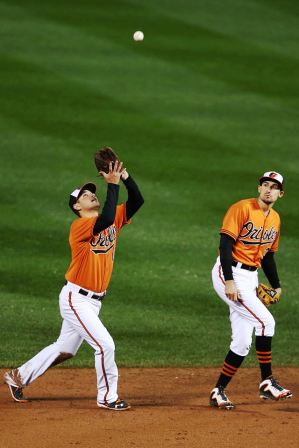
Cutoffs, Single and Double ~ Double Steals ~ Sacrifice Bunts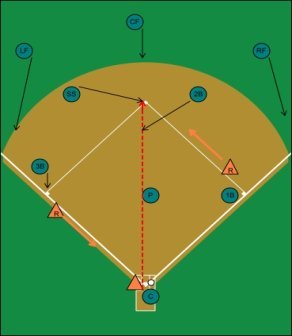
The links below will take you to the single and double cutoff, double steal and sacrifice bunt pages on the site. The diagrams, like the one at the right, are linked below, as well as from the topic site page.
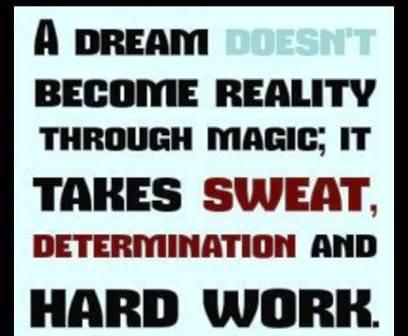
Additional Topics: Position Specific SkillsBaseball Infielders ~ Quick Hands and Feet First Base Fundamentals ~ Can Just Anybody Play This Position? Second Base ~ It's More Than Ground Balls and a Short Throw return from third base fundamentals to the ole ballgame.com  | |||||||||||||

